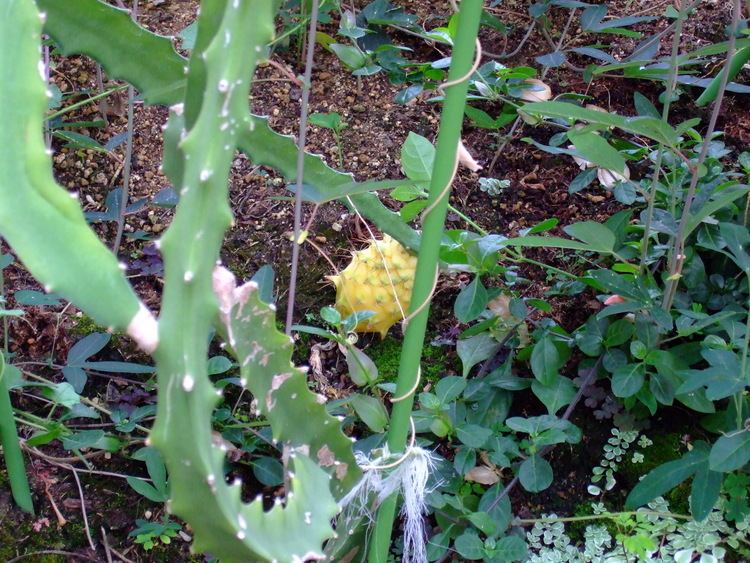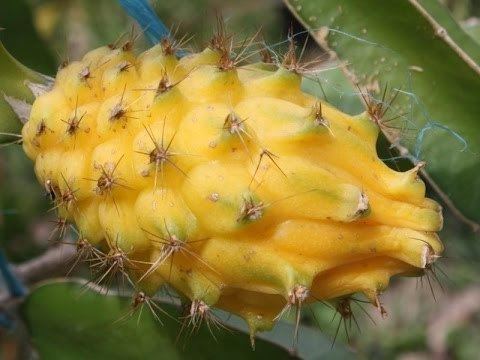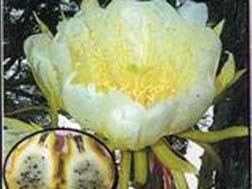Kingdom Plantae Family Cactaceae Scientific name Hylocereus megalanthus Rank Species | Order Caryophyllales Genus Hylocereus Higher classification Hylocereus | |
 | ||
Similar Hylocereus, Hylocereus costaricensis, Moonlight cactus, Hylocereus undatus, Cactus | ||
Hylocereus megalanthus is a cactus species in the genus Hylocereus that is native to northern South America, where it is known, along with its fruit, by the name of Pitahaya. The species is grown commercially for its yellow fruit, but is also an impressive ornamental climbing vine with perhaps the largest flowers of all cacti.
Contents
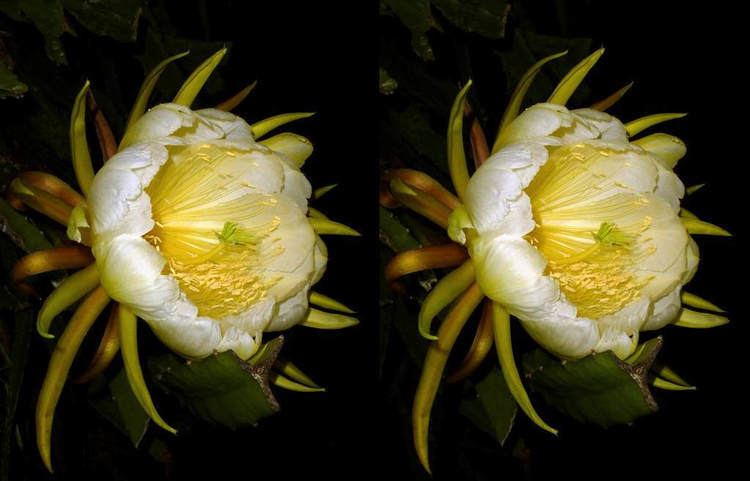
The yellow fruit has thorns, unlike the red dragon fruits (H. undatus, H. polyrhizus, H. costaricensis), and is commonly known as "yellow dragon fruit", "yellow pitahaya" or "yellow pitaya".

Etymology
Megalanthus (Greek) - large flowered. This species produces among of the largest flowers within the cactus family.
Origin and habitat
Venezuela to Peru, including Colombia, Bolivia, Ecuador, in tropical riparian forests. It is Epiphytic or xerophytic.
Description
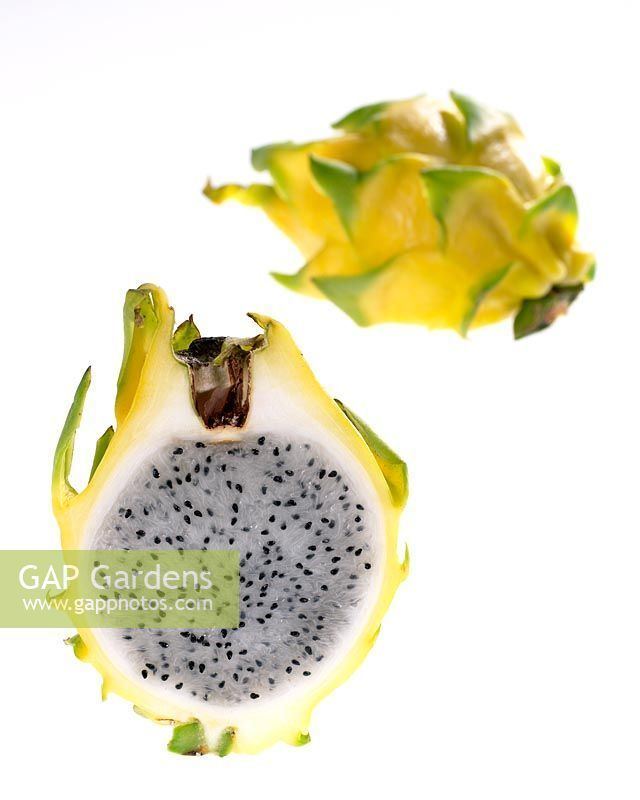
Systematics

Closely related to Hylocereus setaceus (floral tube or pericarpel 19–22 cm with small tubercles) but otherwice quite isolated within Hylocereus. Is intermediate between Selenicereus and Hylocereus. Recent research suggest that this species originated as a hybrid between species of Hylocereus and Selenicereus (see references). The two species possibly involved, as being native in the same area, are Hylocereus costaricensis and Selenicereus inermis.
Cultivation
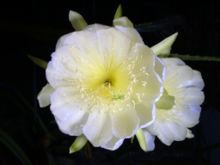
An easily cultivated, fast growing plant. Needs a compost containing plenty of humus and sufficient moisture in summer. Should not be kept under 8 °C (46.5 °F) in winter. Can be grown in semi-shade, but best in full sunlight. Extra light in the early spring will stimulate budding. Flowers in June to October. This plant may grow to a very large size.
